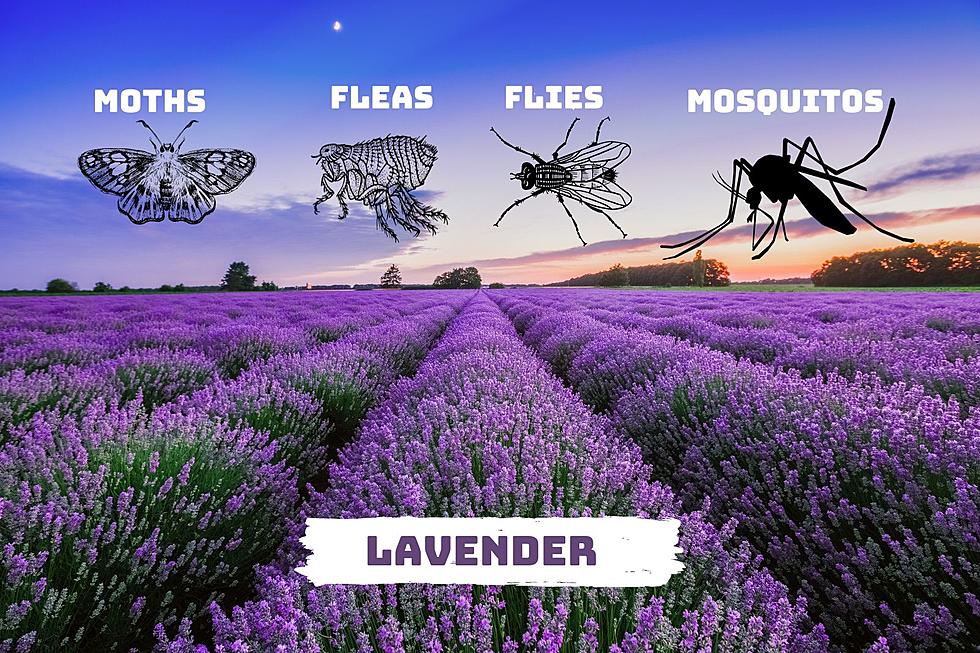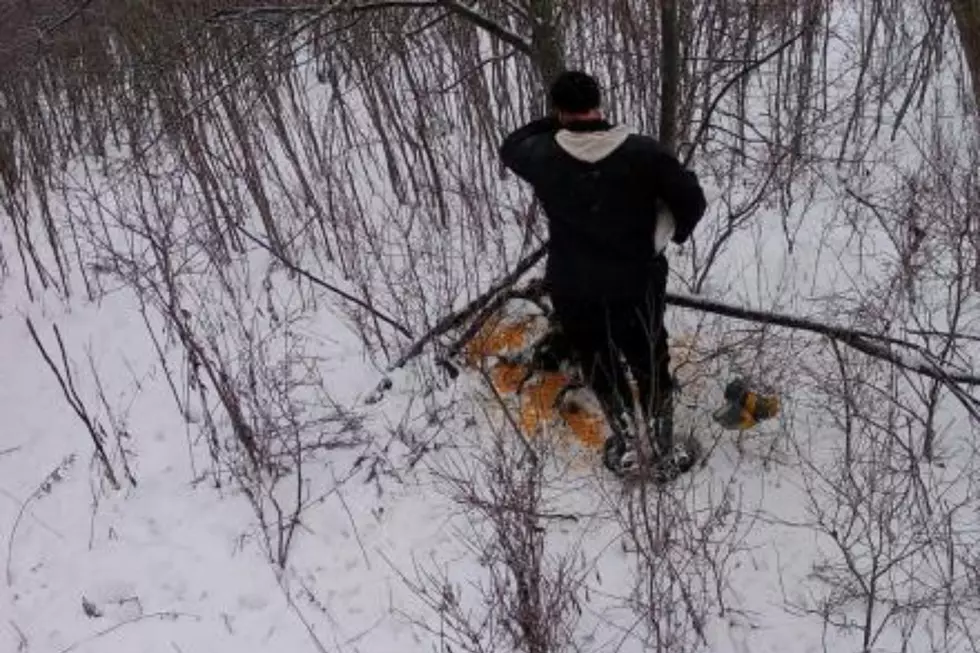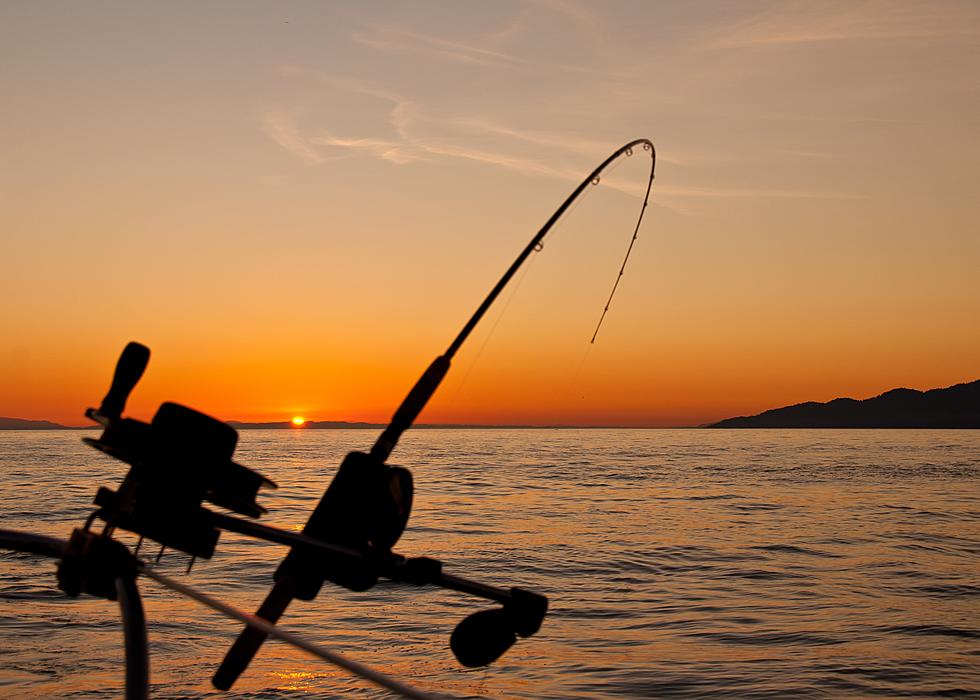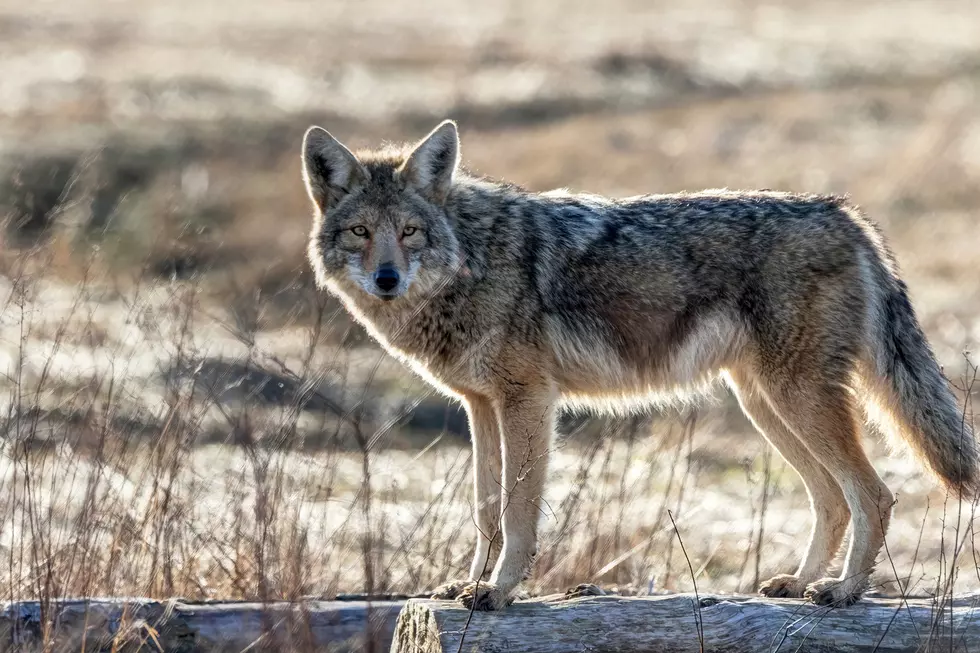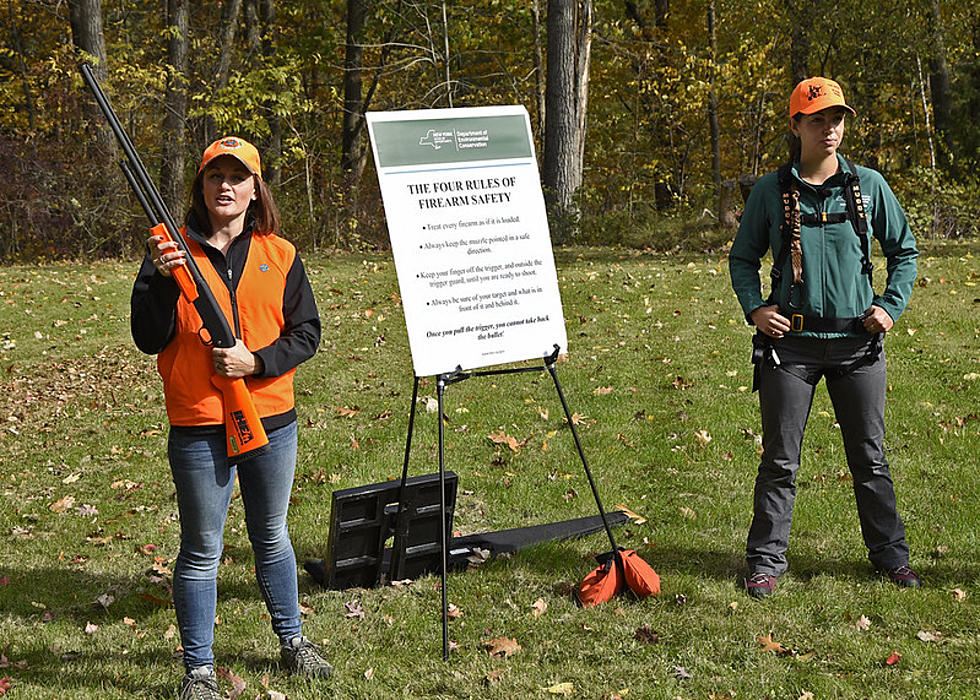
In Person Hunter Education Courses Resuming in New York April 1
One more sign the hold Covid-19 has held over our lives is easing a bit. In person hunter education courses are resuming with the New York State Department of Environmental Conservation. It's also a pretty good indication spring is near too.
The DEC moved all their courses online when the pandemic struck shutting down all government agencies last year. Now as we creep ever so close to a return of normalcy, they will begin to resume holding in-person, instructor-led Hunter Education Program courses starting April 1. DEC Commissioner Basil Seggos says they will continue to offer online hunter education courses, as well.
I applaud their efforts to safely allow for resuming in-person instruction again in time for new hunters to pursue turkey this spring.

In-person courses are free, while online classes are $19.95. Subjects will cover hunter, bowhunter, trapper, and waterfowl hunter education. You have to register for classes and there is some at-home work that will need to be completed before classes begin. COVID protocols will reduce class sizes, registering far in advance of hunting season is strongly urged.
In addition to reducing class sizes, other safety protocols will be in place, including health screening upon arrival, mandatory mask wearing, social distancing, and sanitizing hands and equipment. Get more information and register for a course at the DEC's website.
Where Did The Black River Eagles Go?
After seeing flocks of Eagles along the Black River for several weeks this winter, the numbers are starting to decline. So, where did they go? Our Wildlife Photographer and Eagle Guy, William Straite has the answer.
William says he spent twenty hours scouting for more photos of the feeding frenzies he has shared with us in the recent days. He's noticed a huge drop in the number of majestic birds congregating as they battle for road kill and any other food source they can find when fields are snow covered and lakes and rivers are frozen. It can mean only one thing.
They are definitely working on their nests and they should be laying eggs very shortly.
Eagles usually lay one to two eggs between mid March or April, which means mates are currently returning to their nest. They work on them year after year with many reaching dimensions of eight to nine feet in diameter and four to five feet deep. Some will even run well over one thousand pounds. Once the eggs are laid, one of the two mates will always be in the nest keeping them warmed to about 105 degrees and rolling them over every four to five hours. Eaglets usually hatch in about five to six weeks after they are laid. Unfortunately only about half the eggs will produce a bird that will live a normal life span.
This will be an important time to give Eagles plenty of room as any undue stress can cause the females to lose their eggs. The birds can also be more aggressive when nesting and laying eggs. There are federal laws protecting Eagles
Harassing, disturbing or injuring a bald eagle is a federal offense and carries a penalty of up to $20,000 and/or one year in jail. Remember that bald eagles should remain undisturbed, and it is important that they conserve energy during the winter months."
William did capture some more amazing pictures, of what he calls the "final feeding frenzy." Of particular note is the one of the lone hawk feeding on a carcass. He says all the Eagles let it eat first.
CNY Eagle Final Feeding Frenzy Winter 2021
LOOK: Here are the best small towns to live in across America
More From Big Frog 104
